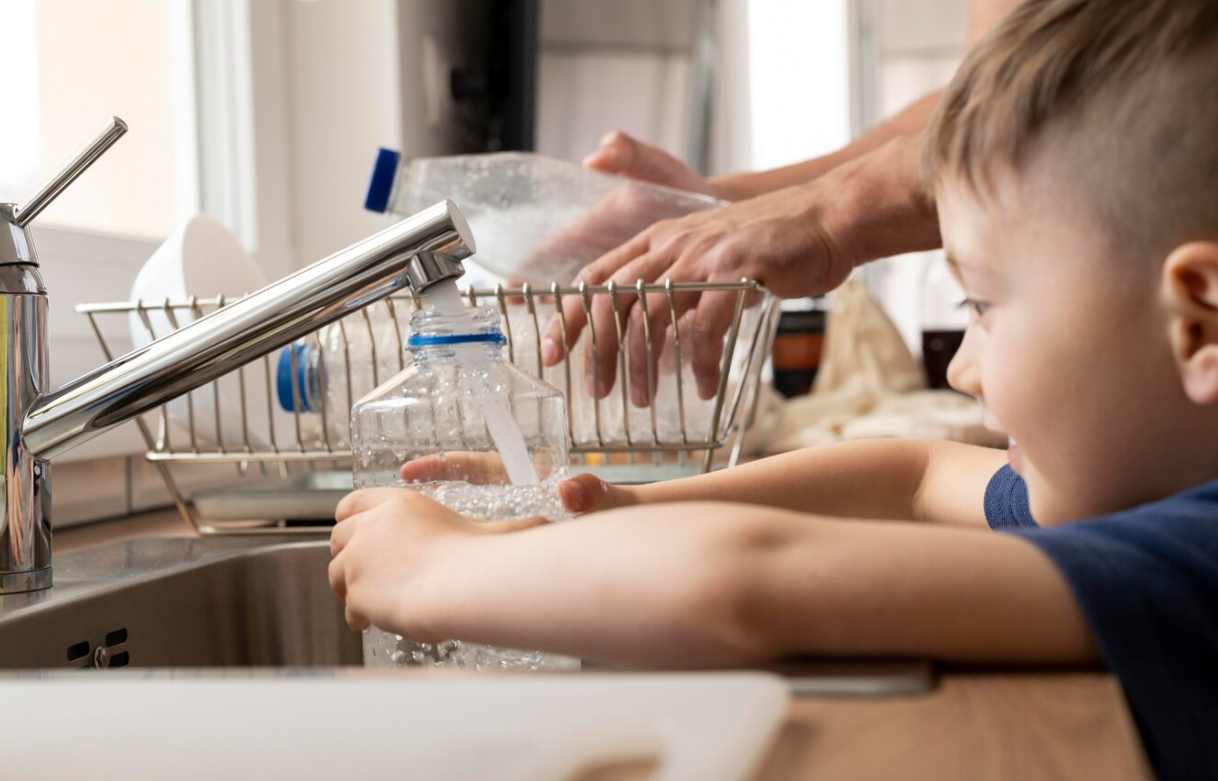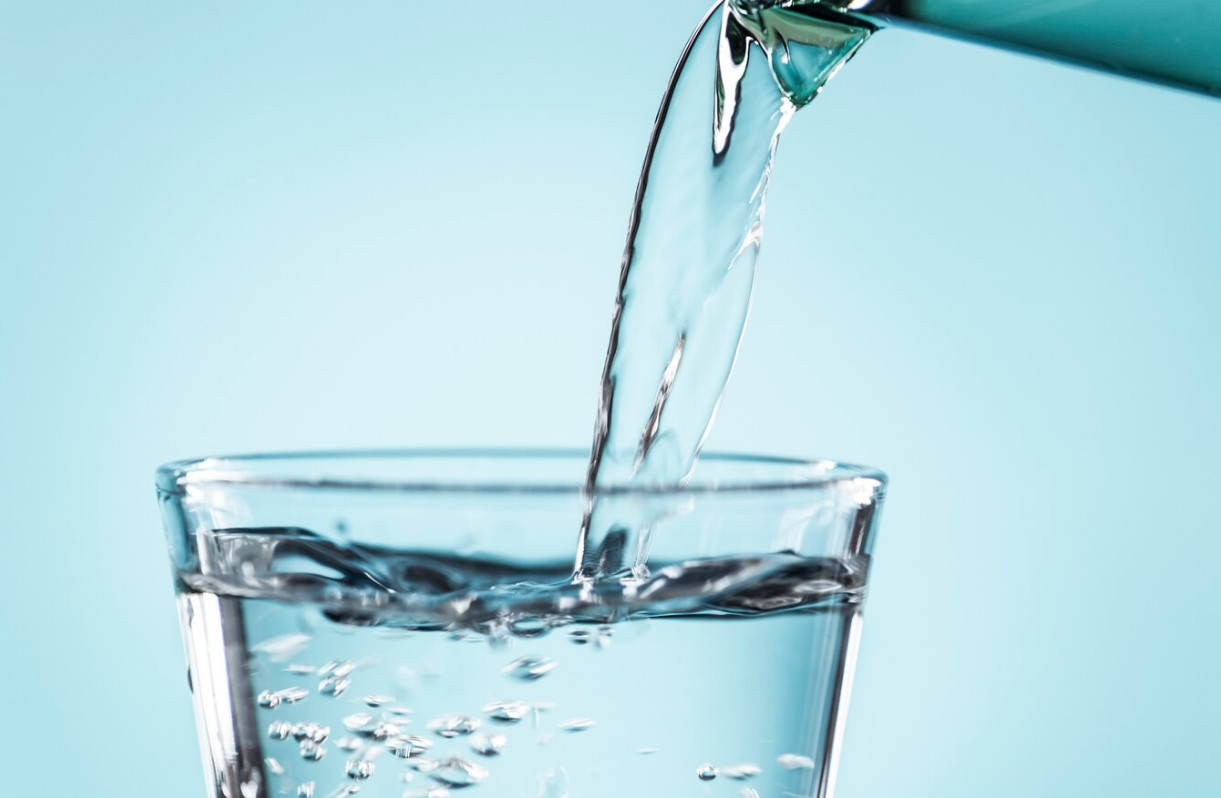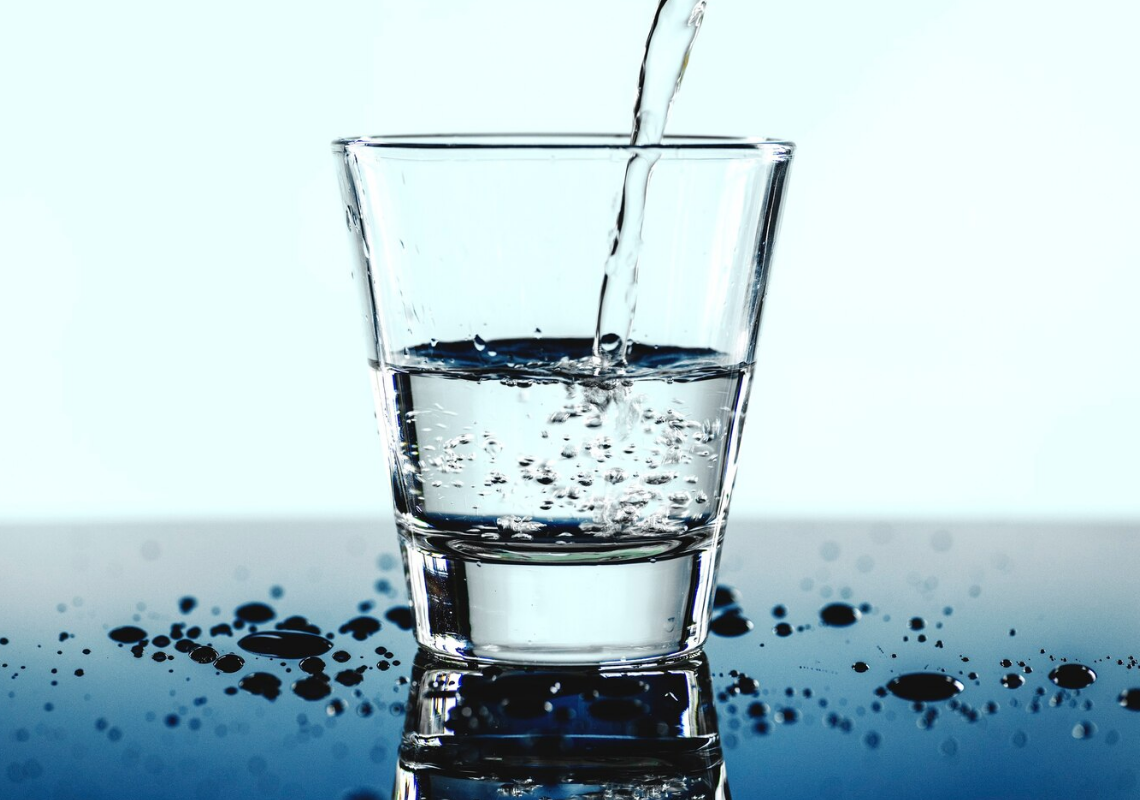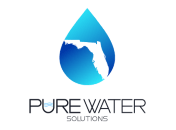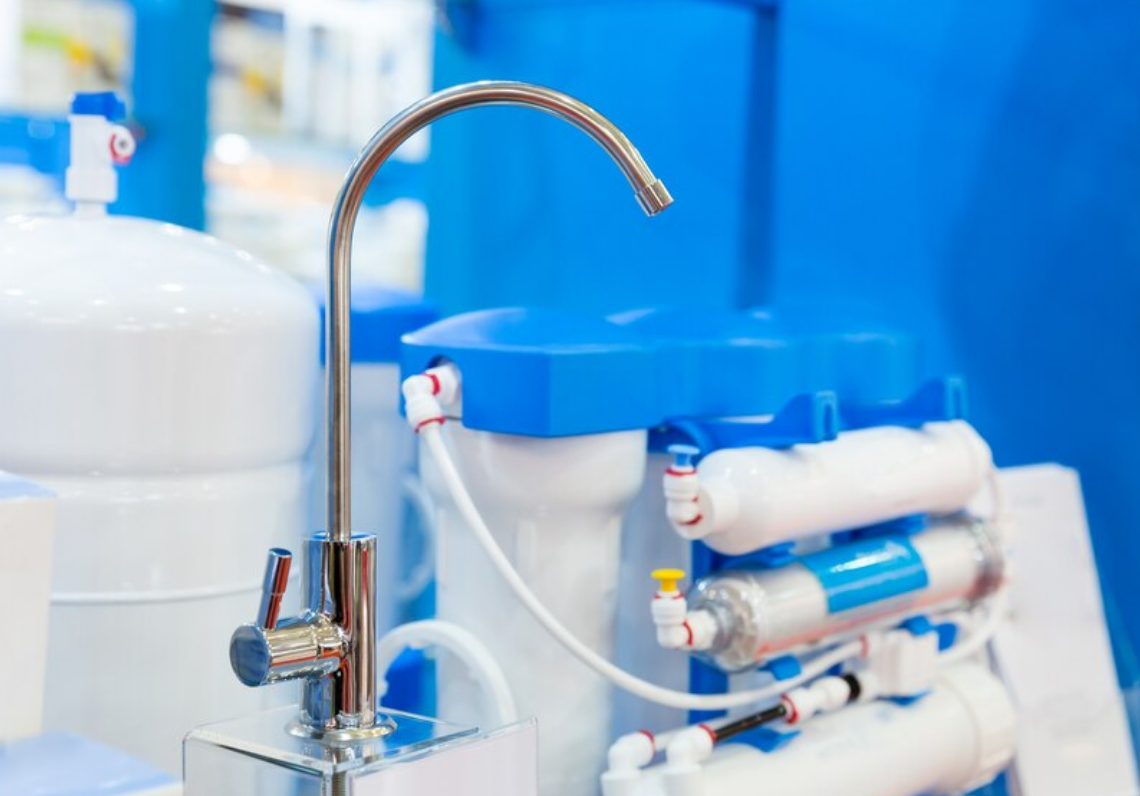Common Myths About Whole Home Water Filtration Systems Debunked
As more homeowners prioritize providing their families with safe and clean water, whole-home water filtration systems are becoming more and more popular. However, there are still a lot of myths and false beliefs regarding their usefulness, necessity, and effectiveness.
MYTH 1.) Tap Water Is Already Clean, So Filtration Isn’t Necessary
Fact: Even though municipal water treatment does satisfy safety regulations, some toxins are still quite persistent and stay in the water. Although there is a Maximum Contaminant Levels (MCLs) policy established by the U.S.E.P.A. and the other regulatory bodies. However, these limits may not always indicate the absence of contamination.
Common Contaminants: Tap water mostly contains residual chlorine, pharmaceuticals, and microplastics. Furthermore, if your plumbing is old or poorly maintained, then it can introduce further impurities.
Solution: Whole home water filtration systems efficiently provide an extra layer of protection. They do this by targeting specific contaminants that ensure consistent water quality throughout the home and not just at one tap.
MYTH 2.) Whole Home Filters Remove Essential Minerals
Fact: How effective the filtration result would be directly depends on the type of filter used. Whole home systems generally utilize activated carbon, and sediment filters, and may also include UV purification or reverse osmosis (RO). While RO systems can eliminate minerals, most whole-home systems are designed to keep essential minerals while removing harmful contaminants.
Mineral Retention: Activated carbon and sediment filters do not impact beneficial minerals such as calcium and magnesium. Deionization and specific RO units are the only ones that can significantly change mineral content. However, even these systems don't take away much. You can select filtration systems that are customized to meet your unique water quality needs if mineral retention is a problem. This will help you avoid the unnecessary loss of minerals.
MYTH 3.) Water Filtration Systems Are Too Expensive
Fact: The cost of a whole-house water filtration system varies a lot. It typically ranges from $1,000 to $5,000 and might go further. However, the pricing mostly depends on the complexity and manufacturer of the filtration system. Although when you consider the long-term benefits, this investment can sometimes be fairly cost-effective.
Long-Term Savings: Using filtered water can decrease the need for bottled water, help plumbing and appliances last longer by reducing scale buildup, and lessen skin and hair problems associated with hard or contaminated water.
Case Studies: Research indicates that homes equipped with filtration systems tend to have fewer plumbing issues and lower maintenance costs for appliances, which helps offset the initial installation costs.
MYTH 4.) Whole Home Filtration Makes Water Taste Bland
Fact: Whole home filtration systems are created to enhance the taste and smell of water by removing impurities like chlorine, sulfur, and some metals.
Taste Enhancement: Numerous users have noted that filtered water has a cleaner, fresher taste. This enhancement is especially evident in cooking, drinks, and water used for bathing.
Conclusion
Whole-house water filtration systems provide us with multiple practical and economical benefits. All you need to do is clear up these common myths to grasp the benefits of these filtration systems. Whole house filtration systems not only improve the overall health but also provide peace of mind. When properly picked and managed, safe and clean water for the entire home is a significant benefit.
